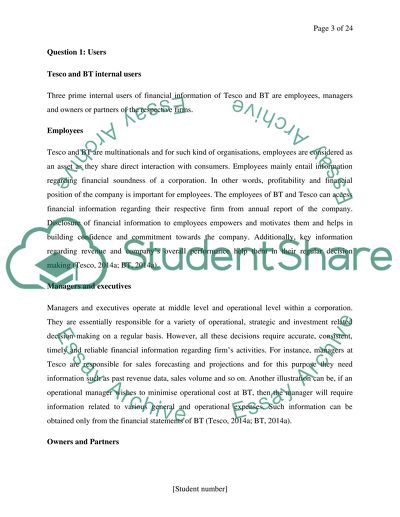Cite this document
(“Management Systems & Financial Information for Decision Making Assignment”, n.d.)
Management Systems & Financial Information for Decision Making Assignment. Retrieved from https://studentshare.org/finance-accounting/1667535-management-systems-financial-information-for-decision-making
Management Systems & Financial Information for Decision Making Assignment. Retrieved from https://studentshare.org/finance-accounting/1667535-management-systems-financial-information-for-decision-making
(Management Systems & Financial Information for Decision Making Assignment)
Management Systems & Financial Information for Decision Making Assignment. https://studentshare.org/finance-accounting/1667535-management-systems-financial-information-for-decision-making.
Management Systems & Financial Information for Decision Making Assignment. https://studentshare.org/finance-accounting/1667535-management-systems-financial-information-for-decision-making.
“Management Systems & Financial Information for Decision Making Assignment”, n.d. https://studentshare.org/finance-accounting/1667535-management-systems-financial-information-for-decision-making.


